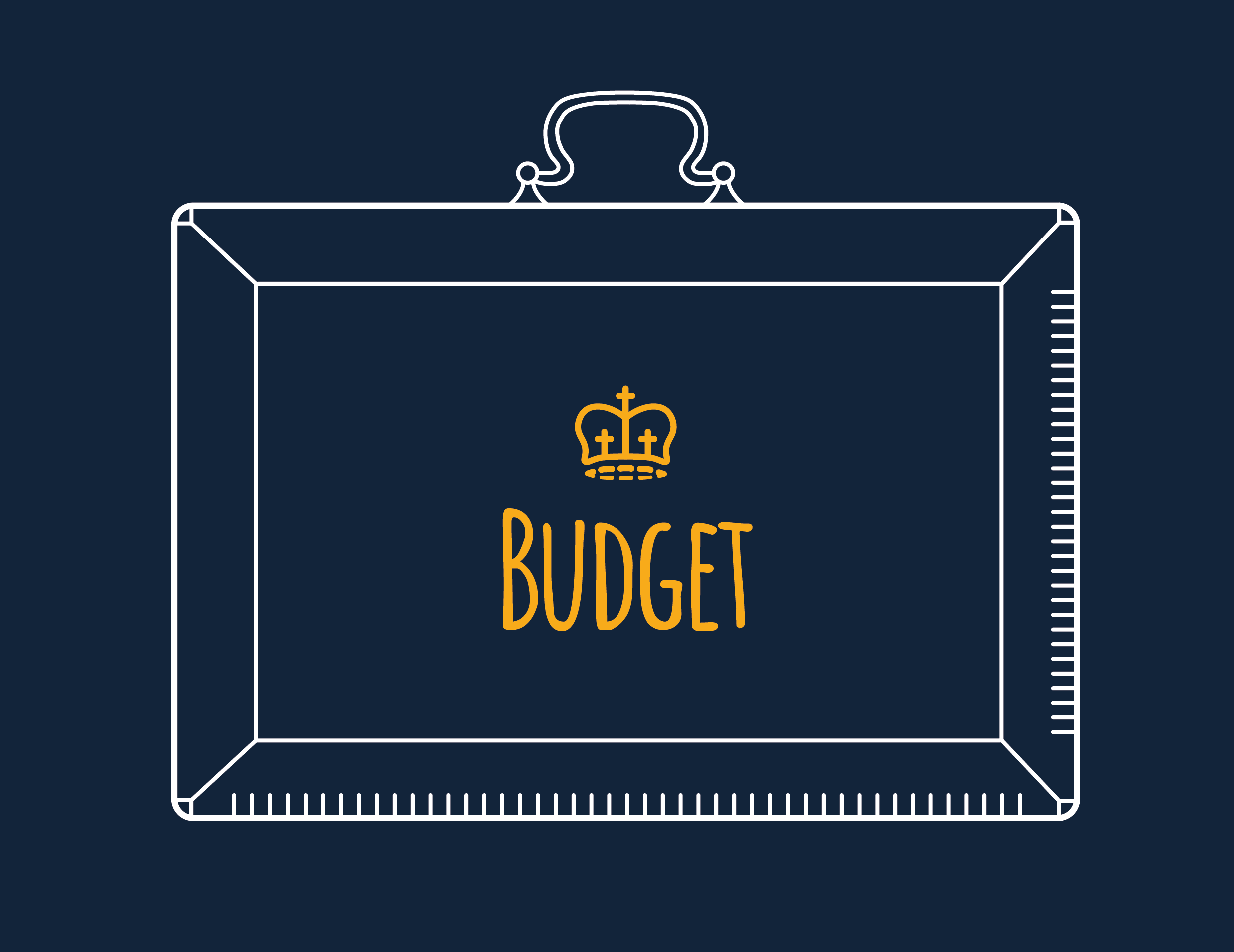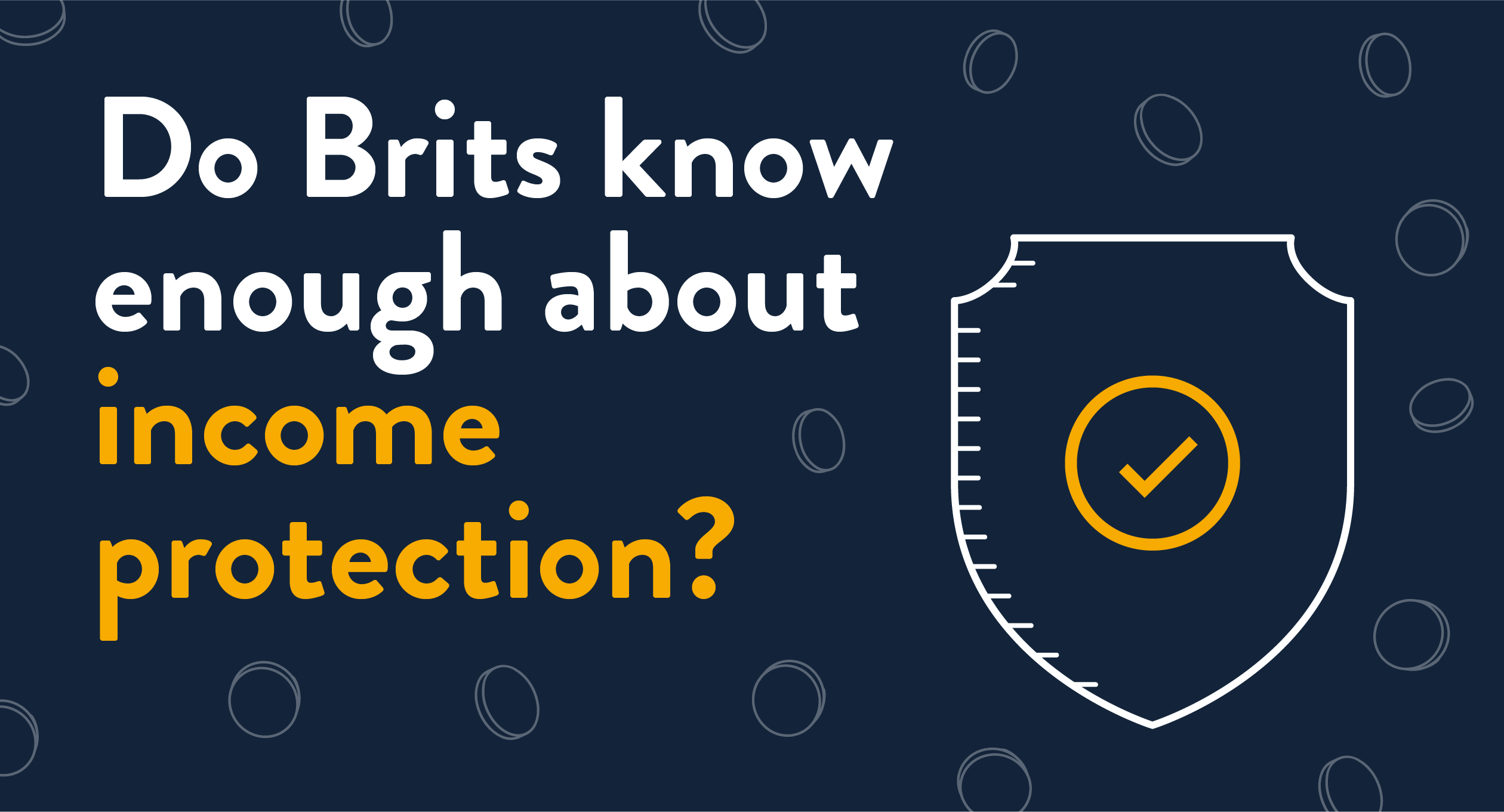
Are you considering investing? Understandably, many budding investors often find themselves overwhelmed by the number of options that are out there. That’s why it pays to boost your investing knowledge before you get started. DIY investing is likely what comes to mind when most people think about investments. This hands-on approach gives you full control of, and responsibility for, your own portfolio. A managed stocks and shares, like an Investment ISA, is another option which allows you to invest in a way that often feels similar to managing a bank or building society account in terms of the level of effort you need to put in.
Both approaches have their pros and cons. Each also carries a level of risk alongside the potential to grow your money. So, which is the best choice for you?
DIY Investing
DIY (Do-it-Yourself) Investing is often seen as the ‘classic’ investment option. It has become a hot topic on social media in recent years, encouraging a new wave of keen investors, bolstered by a surge of online platforms and apps that have made investing accessible to more and more people.
What is DIY Investing?
In DIY Investing, you choose, build, monitor and manage your own selection of individual stocks, shares, bonds and other financial assets, known as a portfolio. The aim is to see your investments increase in value or offer you returns over time. If you choose this route, you’ll have full control over your investment decisions and, if your circumstances change, you have the flexibility to change your strategy or review your portfolio.
DIY investors often choose to take advantage of online tools to help them make the most of their investments, while keeping costs lower compared to using a professional service. These include online investment and trading platforms or apps, discount brokerage platforms and automated ‘robo-advisors’.
Who should consider DIY Investing?
The control and flexibility associated with DIY Investing, along with the potential to save on fees, makes it a popular choice. However, there is no investment that comes without risk. And with DIY Investing, you have very little protection against the volatility of the market.
Plus, relying on your own investing knowledge and learning as you go can come with harsh lessons paid for in cash losses. It also requires a lot of time and effort to constantly manage your portfolio to try and capitalise on market peaks whilst mitigating the effects of poor performance. In short, it can be a lot of hard work, especially for beginners, but this does have the potential to pay off. All of this means DIY Investing may be more suited to:
- Experienced investors
- Investors with specific investment preferences
- People who enjoy being actively involved in their investments and prefer a hands-on approach
- Those with a higher risk tolerance
Managed Stocks and Shares ISAs
A managed Stocks and Shares ISA is a type of investment ISA (Individual Savings Account) where a lot of the hard work is done for you. Plus, you have the added benefit of being able to invest up to £20,000 per tax year without being taxed on any returns you receive. These are offered by a range of providers, including us here at Shepherds Friendly.
What is a managed Stocks and Shares ISA?
Before we get into the details, it’s worth noting that a Cash ISA and Stocks and Shares ISA are two distinct products. Where a Cash ISA focuses on building interest on your savings, a Stocks and Shares ISA invests in the stock market with the goal of offering you returns on your investment.
Stocks and Shares ISAs aim to offer you better growth compared to cash. Your money is invested in shares, funds, bonds and other assets. For more information, take a look at our article which explains how these investment plans work in more detail: ‘What is a Stocks and Shares ISA?’
With a managed Stocks and Shares ISA, a portfolio is selected and managed on your behalf, giving you the potential benefits of investing without needing as much of your time compared to DIY Investing. So, you simply:
- Do your research and choose a provider
- Open your ISA
- Decide how much you’d like to pay in, either monthly or as a lump sum. (Some providers also require you choose what type of investment and risk level you’d like, but not all.)
- Let the professionals take care of the rest
Growth is dependent on performance of the fund, but each provider has their own way of calculating this. At Shepherds Friendly, we aim to pay our members a quarterly bonus, and we also aim to offer consistent returns via a process called ‘smoothing’. This involves holding back some profits from when markets are strong with the goal of being able to pay consistent bonuses even when markets aren’t performing as well. The purpose of this is to shield your money from the sharp ups and downs usually associated with investing.
Management charges are usually payable as a small percentage of your investment pot, these rates vary from provider to provider and go towards covering the hard work the investment managers put in.
This hands-off approach still allows you visibility over what’s happening with your money. For example, at Shepherds Friendly, our members can view their managed Stocks and Shares ISA online at any time and we send out investment updates every quarter to give a more in-depth look at how our fund is performing.
Who should consider a managed Stocks and Shares ISA?
Again, all investments come with varying degrees of risk. While managed Stocks and Shares ISAs come with the added expertise of professionals, you could still get back less than what you put in. That being said, the balance between the lower level of effort and expertise needed for a managed Stocks and Shares ISA and the potential for growth could make it an appealing choice for a wide range of investors including:
- Those new to investing who are still building their knowledge but still want an option that may provide better returns than a Cash ISA
- Busy professionals who might not have time to monitor and manage their own portfolio
- Investors who prefer a hands-off, low effort approach
- Anyone who’d like their investments to be managed by experts and professionals
In a nutshell: the main differences
The decision of how and where to invest is a big one. So, if you’re weighing up your choices and considering either DIY Investing or a managed Stocks and Shares ISA, it’s important to make sure that you understand the key differences between the two. Here’s a quick summary:
- Flexibility: There is limited flexibility for Stocks and Shares ISA holders, while DIY investors have full control over their investment decisions and strategy.
- Portfolio diversity: Stocks and Shares ISAs usually provide diversified portfolios, while the portfolio diversity depends on an individual investor’s choices for DIY Investing.
- Tax advantages: Stocks and Shares ISAs offer a tax-efficient investment strategy, while tax implications for DIY investors are less transparent and depend on individual circumstances and investments.
- Management fees: There are potentially no management fees for DIY investors, but transaction fees or other costs associated with trading might still apply. Stocks and Shares ISAs usually involve a management fee.
- Control: Investors have limited control with a Stocks and Shares ISA, while DIY investors have full control over and responsibility for the selection, timing, and management of their portfolio.
- Expertise: Witha Stocks and Shares ISA, you can rely on the expertise and experience of professionals with an off-hands approach. With DIY Investing, you must rely on your own knowledge and commit both time and effort to managing your portfolio.
- Risk: With both investment options, your capital is at risk and returns are not guaranteed.
Learning the key differences between the types of investment available, as well as their benefits and risks, will give you the confidence to pick the best fit for you based on your individual circumstances and preferences. For example, your level of investing experience, your attitude towards risk and how much spare time you have to focus on managing your investments.
DIY Investing and managed Stocks and Shares ISAs are both popular choices for many types of investor, from those investing for the first time to more experienced investors looking to diversify their assets. And now you have a better understanding of the two, alongside the benefits and pitfalls of each, it’s ultimately up to you to decide which route best suits you and your investing goals.
For those looking to find a balance between the risks and benefits of both these types of investing, you may be interested to learn that it is possible to hold a managed Stocks & Shares ISA as part of a DIY portfolio, which has the potential to offer you the best of both worlds, particularly for those who have larger amounts they’re looking to invest.
Whether you’re investing or choosing any new financial product, it’s always important to make sure you are as informed as possible. After all, you want to do everything you can to make the most your hard-earned money. For more helpful articles about investing, saving, insurance and all things finance, take a look at our Resources on the Shepherds Friendly blog.




